Page 1
Tag: flammable refrigerants
-
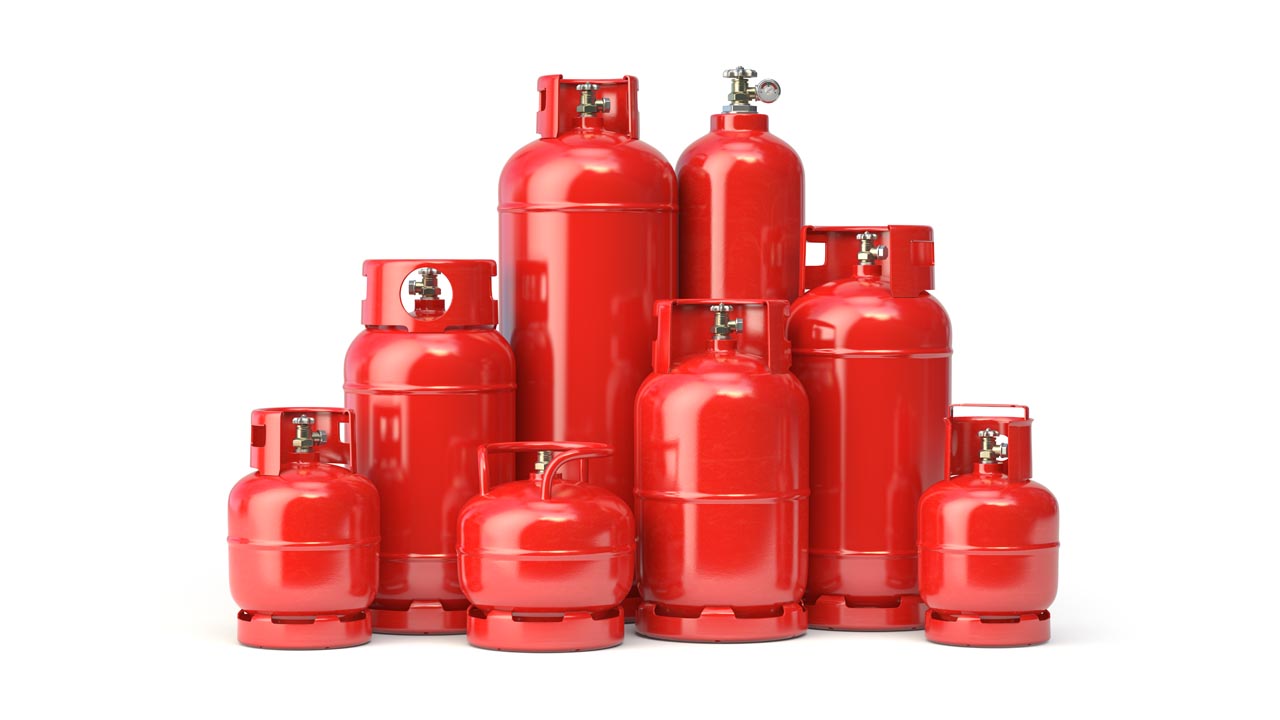
Update coming for Flammable Refrigerants Safety Guide
A project is underway to revise the Flammable Refrigerants Safety Guide, a vital reference to educate and safeguard workers and end-users.
-
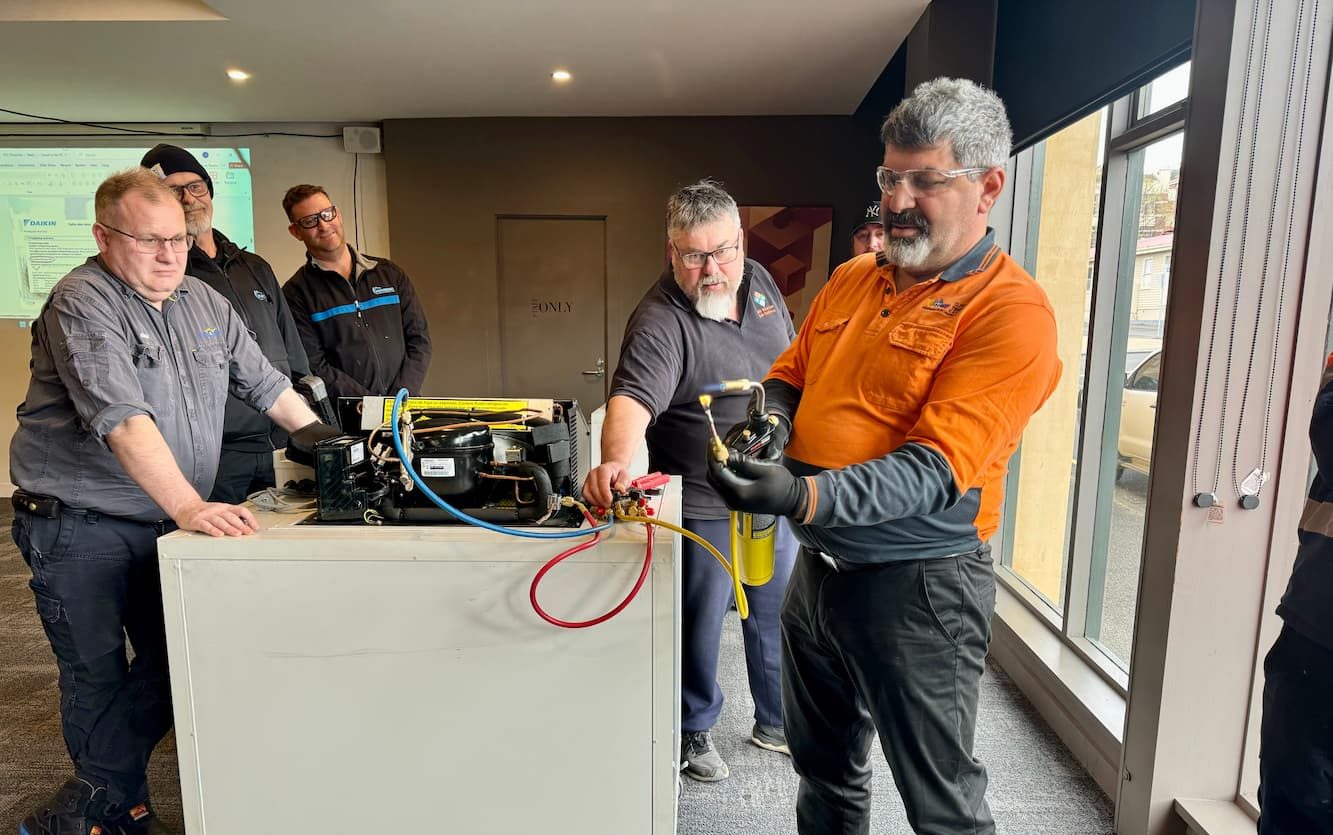
Beijer Ref Academy confirms dates for low-GWP and flammable refrigerants training roadshow
Beijer Ref Academy has confirmed the dates for its 2025 low-GWP and flammable refrigerants training roadshow, delivered with STC.
-
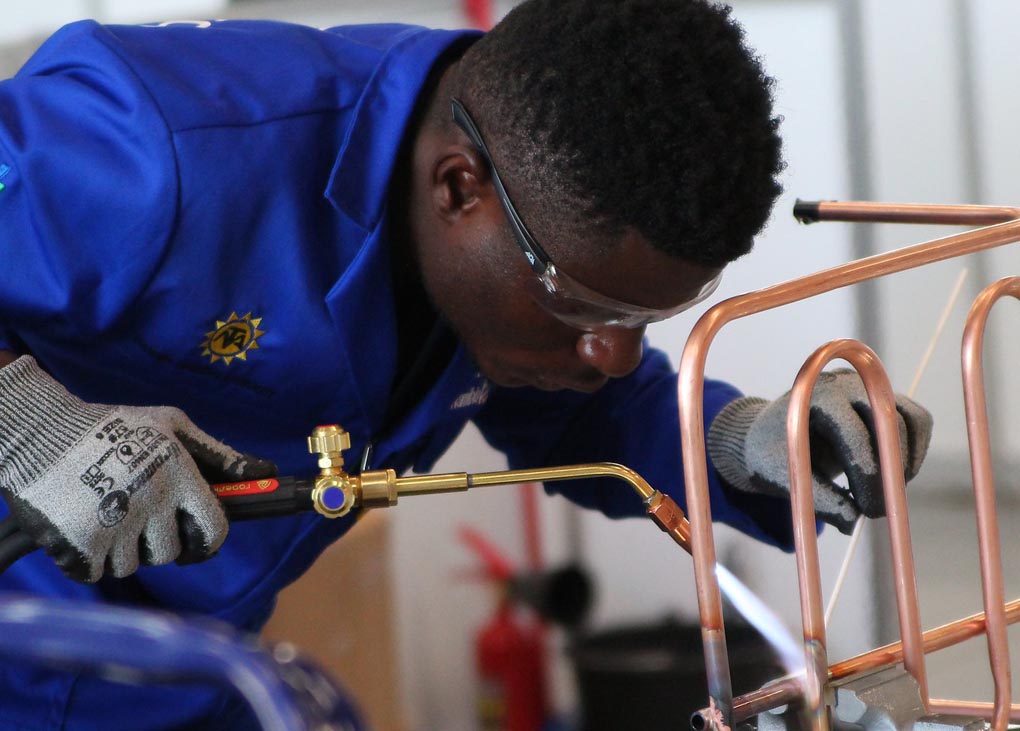
Global refrigerant licence scheme launched
After a decade of work from organisations around the globe and a series of pilot projects, the United Nations Refrigerant Driving Licence (RDL) scheme was launched at the 45th meeting of the Open-ended Working Group of the Parties to the Montreal Protocol, held in Bangkok. The RDL is a comprehensive refrigerant management qualification program that […]
-

New explosive gas atmospheres standard on the way
Industry is preparing for a new edition of AS/NZS 60079.10.1:2009, Classification of areas – Explosive gas atmospheres, due to appear later this year. AS/NZS 60079.10.1:2009 is a modified version of the IEC 60079-10-1 standard, published in 2008. Since then there have been two updates to the IEC standard, in 2015 and 2020. The Standards Australia […]
-

Hydrocarbons the future for residential AC?
Industry stakeholders have applauded a revised International Electrotechnical Commission (IEC) safety standard that will allow larger charges of flammable refrigerants in household appliances such as air conditioners, heat pumps and dehumidifiers. In particular, it could open the way for greater use of hydrocarbons in residential air conditioning. Standard IEC 60335-2-40 deals with the safety of […]
-

Free webinar on flammable refrigerants
The Institute of Refrigeration (IOR) is running a free Cool Talk webinar on January 27 about working safely with flammable refrigerants. The session is aimed at service engineers and technicians, and will include practical advice from experts in the application of systems containing refrigerants of various flammability categories. “With most of the lower-GWP refrigerant options […]
-

ARC releases free ‘tech packs’ for R32
The Australian Refrigeration Council (ARC) and the Department of Agriculture, Water and the Environment have created free “tech-packs” on R32 refrigerant for licensed technicians and authorised businesses. The packs contain information on refrigerant characteristics and properties, equipment requirements, safety, relationship to R410A, and more. They also include refrigerant safety stickers to help technicians identify the […]
-

Report finds ‘disjointed’ laws on flammable refrigerants
A new report commissioned by Refrigerants Australia has mapped out the laws that govern the use of flammable refrigerants in this country. It also highlights key themes and gaps within the regulatory landscape. The report, written by Bronwyn Weir and Krista Weymouth, reveals a complicated patchwork of regulations. There is no one set of laws […]
-

Video on flammability of A2L and A3 refrigerants
Chemical company Chemours has released a video titled Hydrocarbons: The Burning Truth, which looks at differences in flammability between A2L and A3 refrigerants. The video features Dr Scott Davis, CEO of Gexcon US, who explains the parameters impacting refrigerant flammability. These include how much of a gas is required for an ignition event to occur […]
-

Vote imminent on flammable standard
The votes are set to be counted on an updated international safety standard that would allow increased charge sizes of flammable refrigerants in household air conditioners, heat pumps and dehumidifiers. The proposal has sparked discussion in the world of HVAC&R. Although it would apply to A2, A2L and A3 refrigerants, the proposal has been framed […]
-

No changes to hydrocarbon rules says government
Queensland Minister for Natural Resources, Mines and Energy, Dr Anthony Lynham, has responded to the parliamentary petition to “approve the use of hydrocarbon refrigerants and appliances in Queensland” tabled by One Nation member for Mirani, Stephen Andrew. The petition decried the “heavy-handed and completely unnecessary” rules surrounding hydrocarbon refrigerants in Queensland, and asked the government […]
-
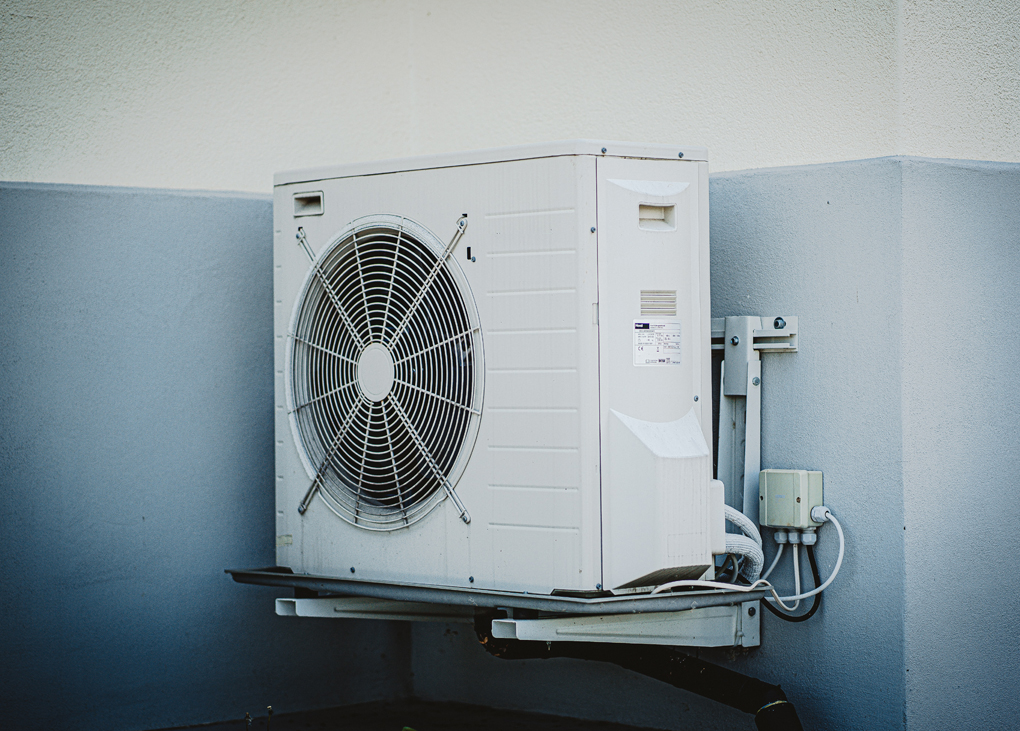
Webinar on possible updates to flammable charge limits
“Cool & Safe: Climate-friendly cooling is just one step away” is a free one-hour webinar on September 30 about the proposed update to the international standard for the use of flammable refrigerants in room air conditioners. It is organised by Environmental Action Germany and independent consulting firm HEAT, in cooperation with German development agency GIZ […]
-

Flammable charge limits on the move again
Charge sizes for flammable refrigerants in HVAC&R equipment are changing with a proposal to raise international limits for room air conditioners, and the adoption of a new standard in Australia for refrigeration appliances. An International Electrotechnical Commission (IEC) working group has released a proposal to update safety standard IEC 60335-2-40. This would allow larger amounts […]
-

New rules for AC with flammable refrigerant
As of July 1, 2020, new rules govern the sale of air conditioners with flammable refrigerants in New South Wales. The rules apply to air conditioners with Class 2 and Class 3 refrigerants, for example hydrocarbons, but not Class 2L refrigerants, such as R32. Air conditioners with these refrigerants are now considered “declared articles” and […]
-

Thailand runs R290 safety test for AC units
The Thailand Refrigeration and Air Conditioning Nationally Appropriate Mitigation Action (RAC NAMA) has conducted Thailand’s first live safety testing of R290 (propane) for AC units. The results, which support the safety of the flammable refrigerant, have been submitted to the Thai government to assist in its review of the country’s building code, says the organisation. […]
-

Road to raising flammable charge limits
Life Front has released a new report with recommendations on how to safely raise the charge limits for flammable refrigerants in refrigeration, air conditioning, and heat pump (RACHP) applications. The EU-funded project aims to remove implementation barriers posed by legacy charge-limit standards. The report comes after the International Electrotechnical Commission (IEC) paved the way for […]
-

Free guide on flammable refrigerant in vehicles
Ground-breaking Australian research has led to a free guide to help automotive technicians work safely with flammable refrigerants. Refrigerant Reclaim Australia (RRA), automotive thermal and electrical trade association VASA and GHD Engineering worked together to study the management of health and safety risks associated with the use of flammable gases, including refrigerants, in an automotive […]
-
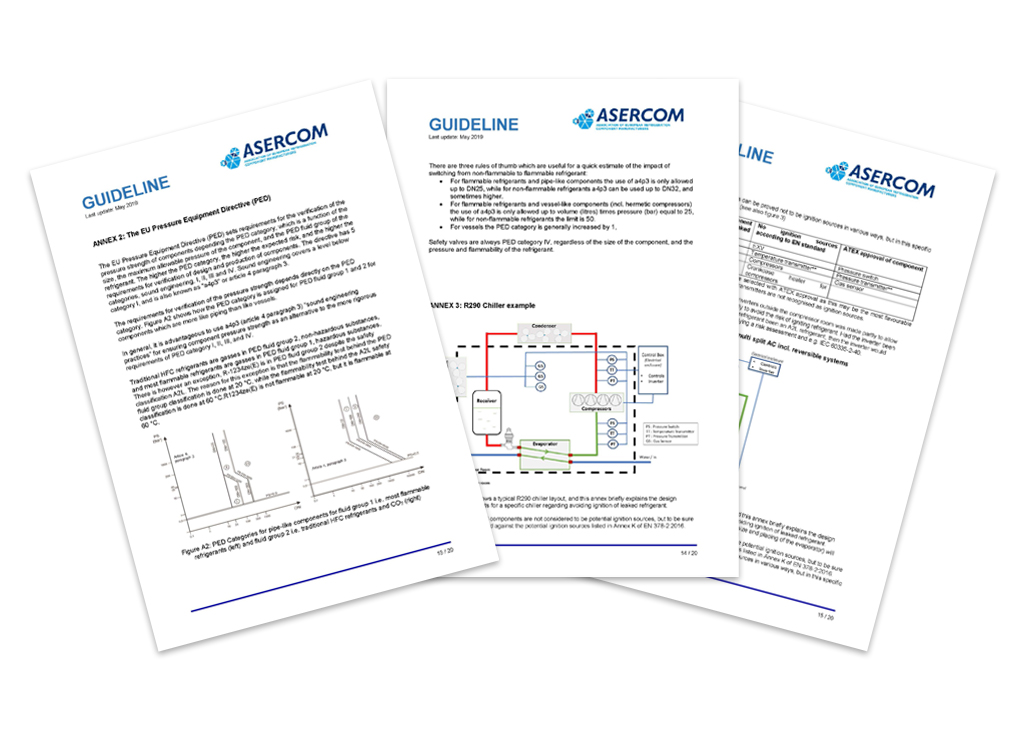
Advice on flammables
Asercom, the European refrigeration and air conditioning components manufacturers group, has published a guide for the safe handling of components used in compression refrigeration circuits with flammable refrigerants. “The component manufacturers organised in Asercom have noticed a high degree of uncertainty among refrigeration and air conditioning specialists when dealing with flammable refrigerants,” says Asercom president […]
-

Focus on flammable refrigerants
The HFC phase-down has seen increasing use of refrigerants with lower GWP but higher flammability such as R290 (propane) and R32. In turn, this has raised major concerns about the safe use of these gases. According to the Heads of Workplace Safety Authorities (HWSA), recent workplace fire incidents involving flammable refrigerant gases have “directly contributed […]
-

Rochester coronial investigation releases findings
The Coroner has completed its official investigation into the deaths of Barry Purtell and David Lobb. The two men, aged 34 and 52 respectively, died after gases from a refrigeration compressor ignited in the cellar of the Hotel Rochester, Bendigo in June 2014. Purtell and Lobb, neither of whom were qualified refrigeration mechanics, were helping […]